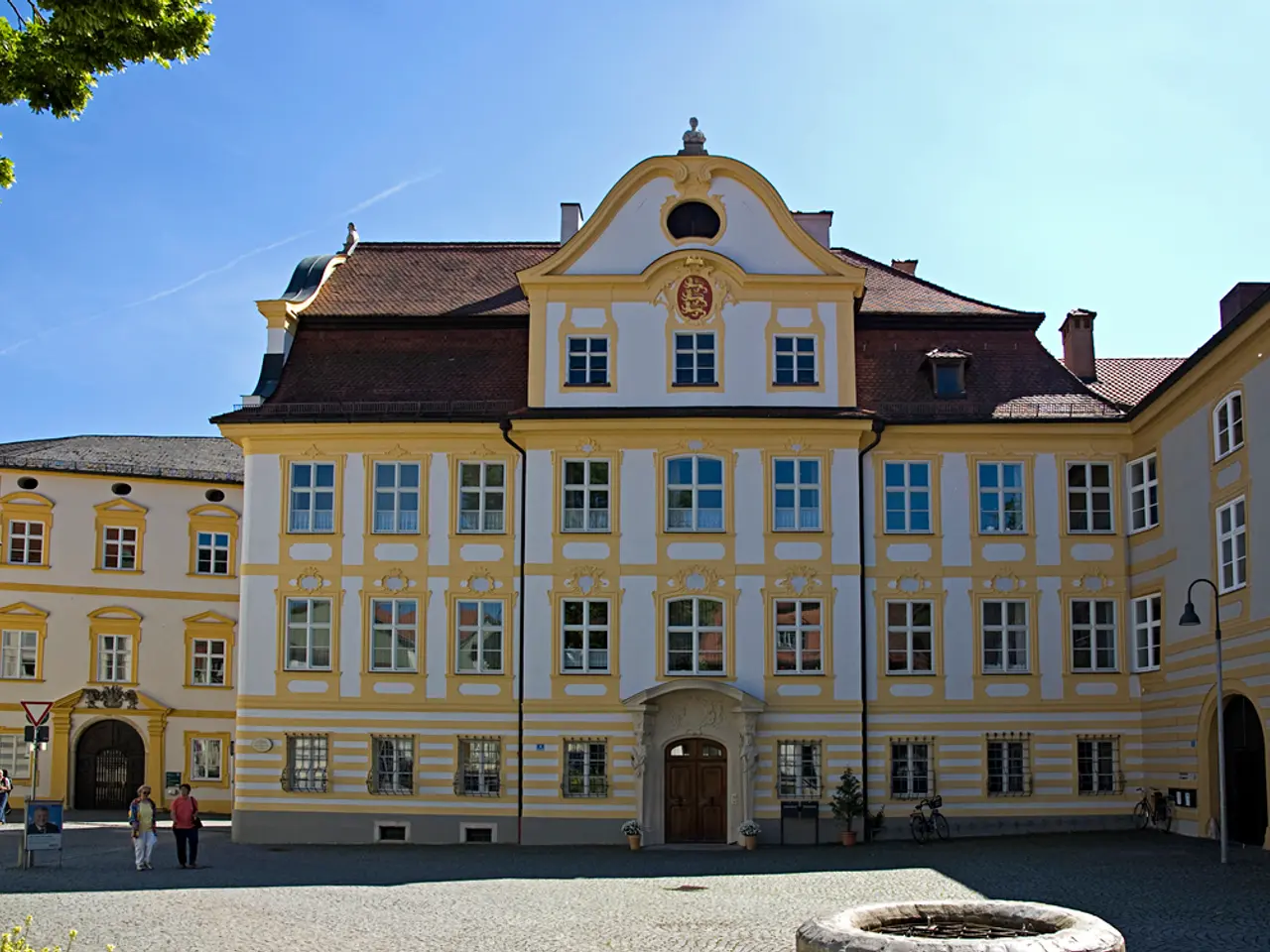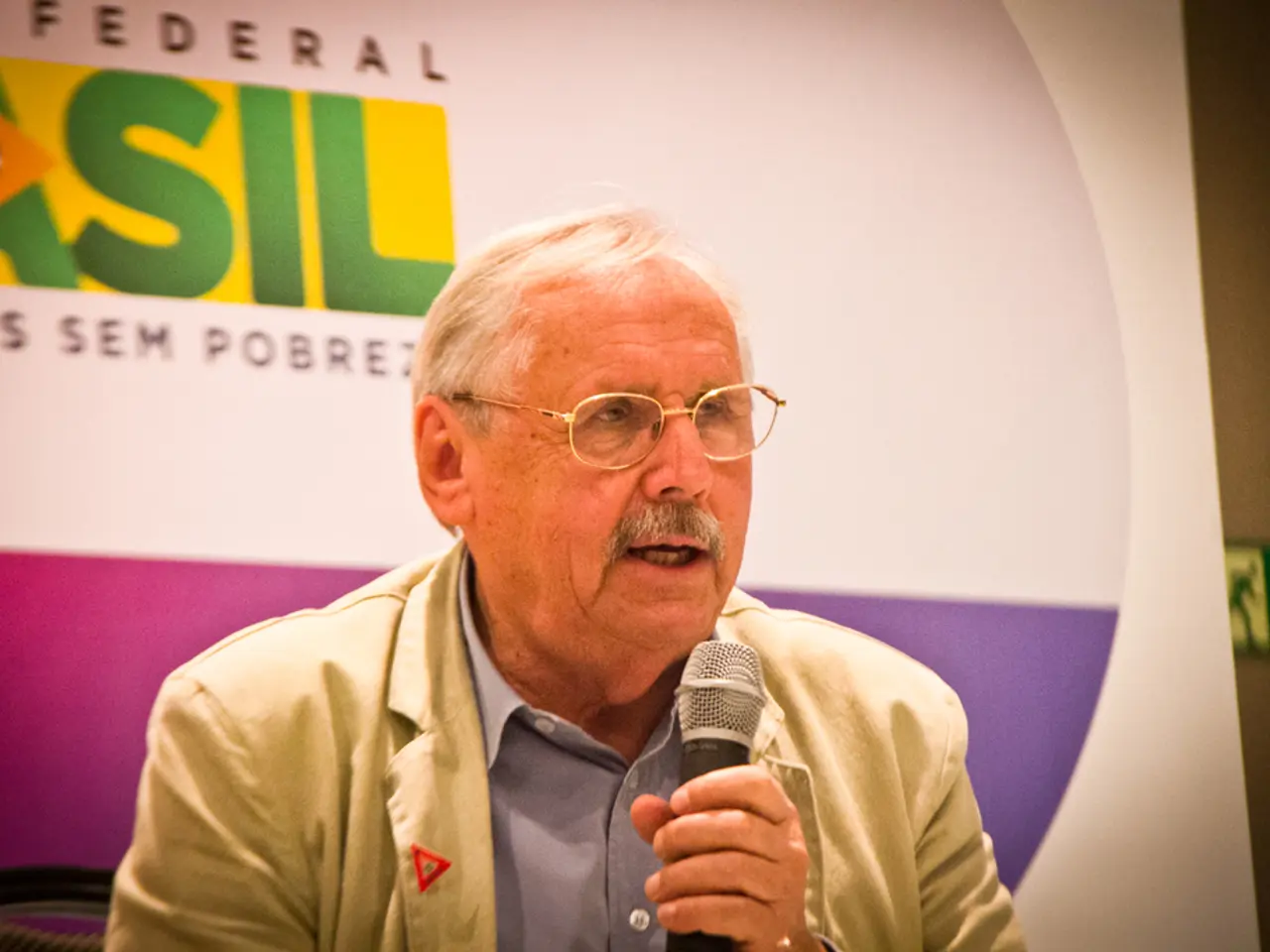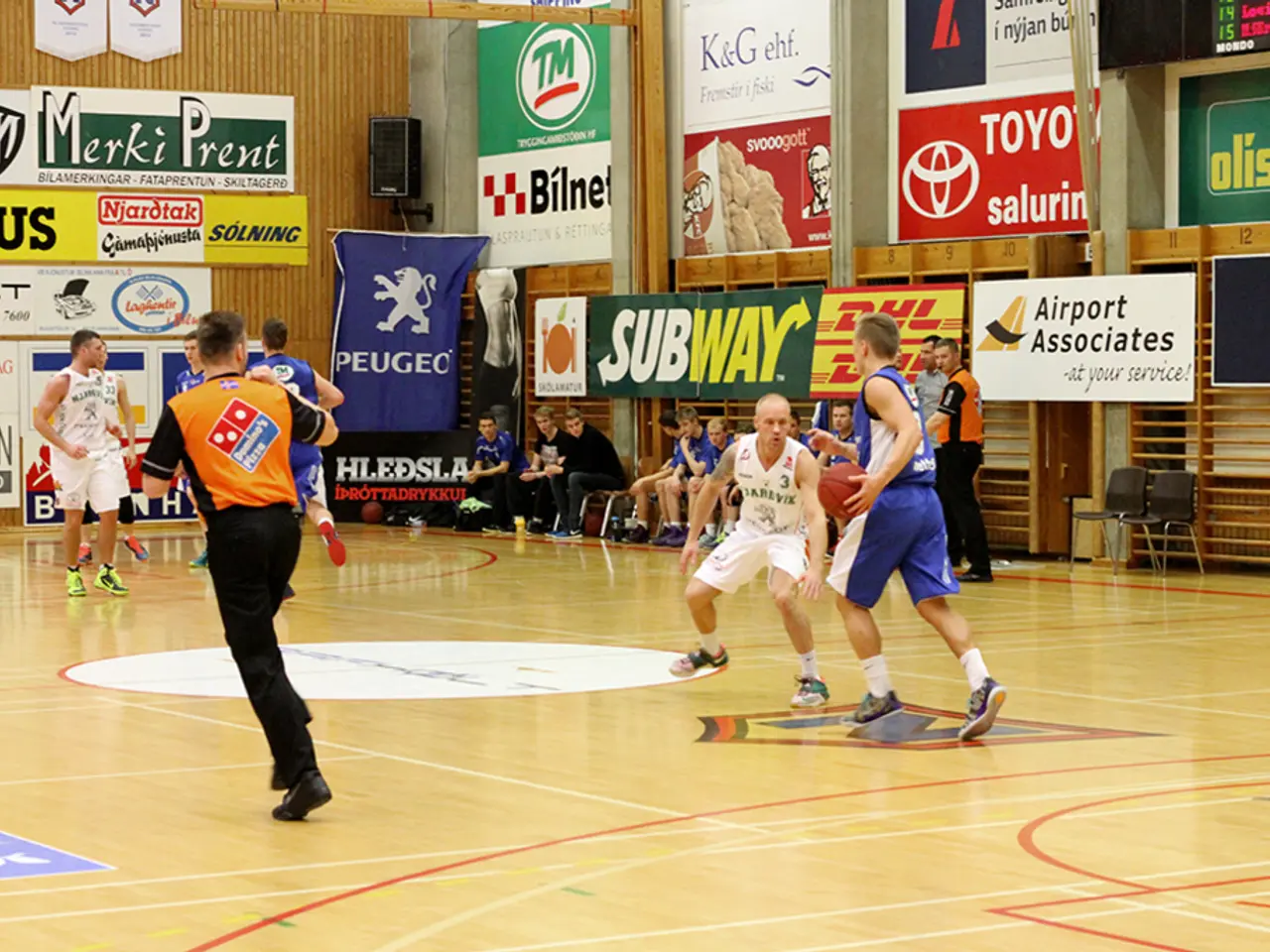Rapidly shifting refugee numbers in the northern region
In a recent announcement, Integration Minister Silke Schiller-Tobies (Greens) revealed plans to revise the location concept for initial accommodation of asylum seekers in the state of Schleswig-Holstein.
The revised concept includes four locations, each planned to accommodate around 1,000 people: Neumünster, Boostedt (Segeberg district), Bad Segeberg, and Seeth (North Frisia district). Additionally, two smaller facilities in Kiel and Rendsburg are planned to accommodate around 500 people each.
According to the minister, the number of asylum seekers in Schleswig-Holstein has decreased by half in the first half of 2025 compared to the previous year, with approximately 3,000 people. This decrease is significant, considering there were approximately 5,950 people who arrived in Schleswig-Holstein in the same period last year, with around 3,350 being asylum seekers and 2,600 being from Ukraine.
As of the end of June, around 10,000 people subject to deportation were in Schleswig-Holstein. Interestingly, around 9,100 of these individuals have a so-called tolerance permit, meaning their deportation is temporarily suspended for various reasons.
The state government's revised location concept aims to gradually convert the capacity in the state's initial reception facilities. However, no specific details were provided about the distribution of asylum seekers or refugees across these facilities.
Regarding non-Ukrainian refugees, no information was given about the current status or future plans. The minister did not provide any specific details about the reasons for the decrease in asylum seekers or the changes in the location concept.
In a broader context, Germany has experienced a significant migration dynamic in 2024, with approximately 1.69 million people arriving and 1.26 million people leaving the country. However, specific data for Schleswig-Holstein is not available. The acceptance of refugees, such as those from Ukraine, is organized across different states, but specific asylum application numbers for Schleswig-Holstein are not mentioned.
The state's initial reception facilities are expected to have a capacity of 5,850 active places and 1,740 reserve places by the end of 2027. For precise data, one would need to refer to official statistics from the German Federal Office for Migration and Refugees (Bundesamt für Migration und Flüchtlinge) or local government sources.
The minister's plans for revising the accommodation of asylum seekers in Schleswig-Holstein involve four general-news facilities each housing approximately 1,000 people and two smaller ones with 500 each. The decrease in asylum seekers in Schleswig-Holstein, as revealed by Silke Schiller-Tobies, could be a significant political topic, given the reduced need for initial accommodation.





